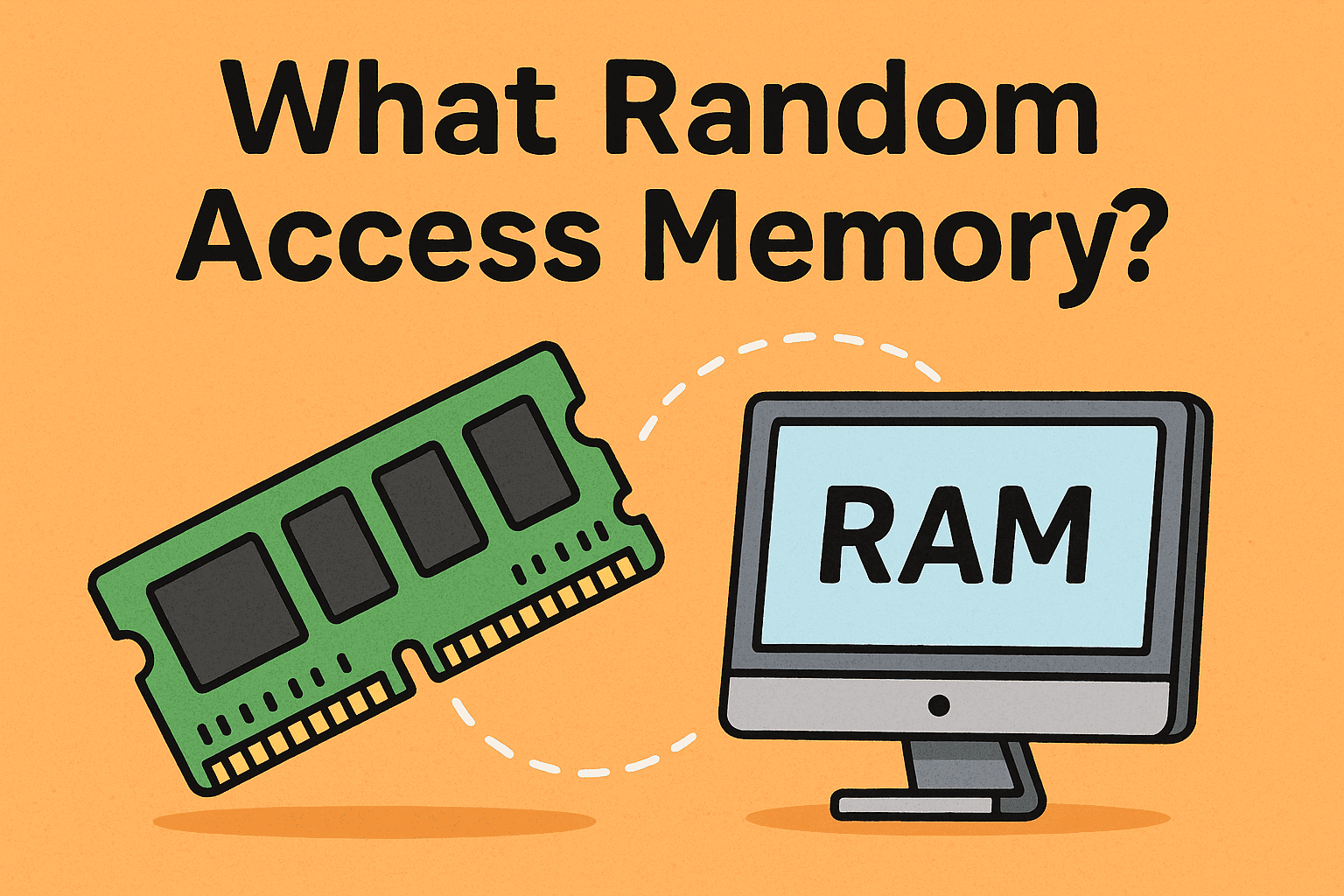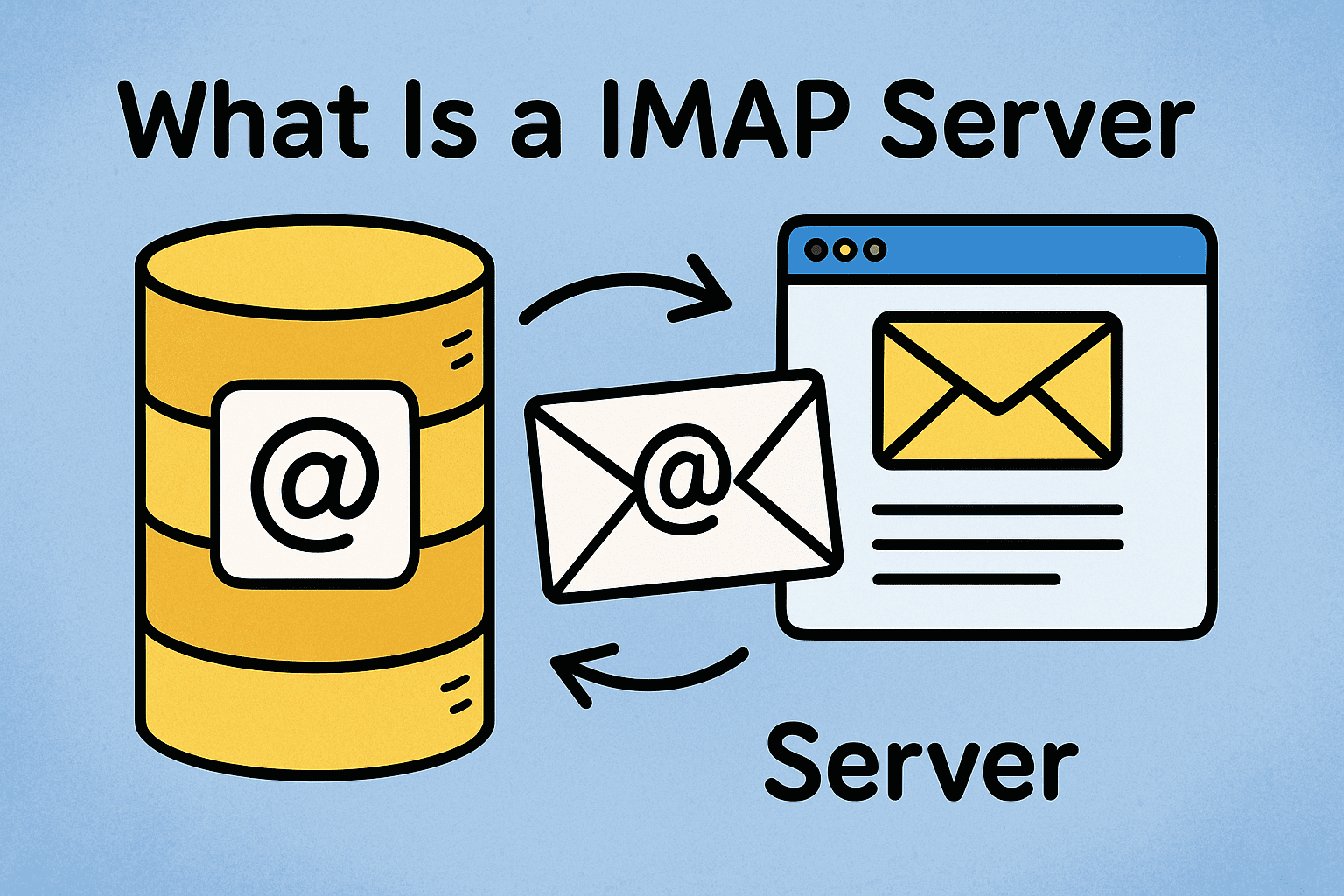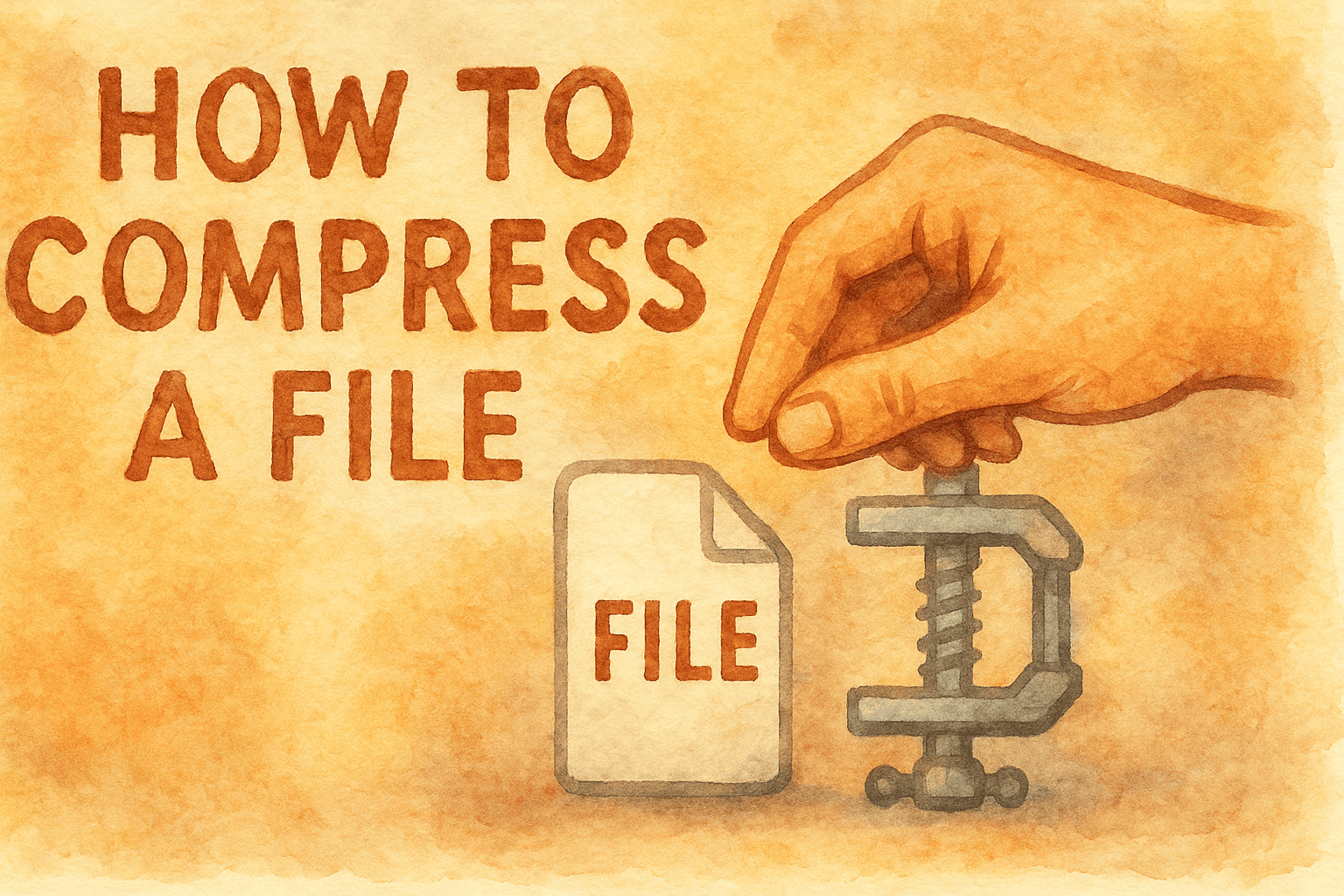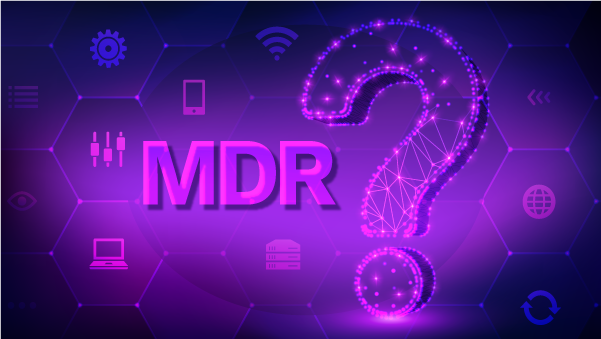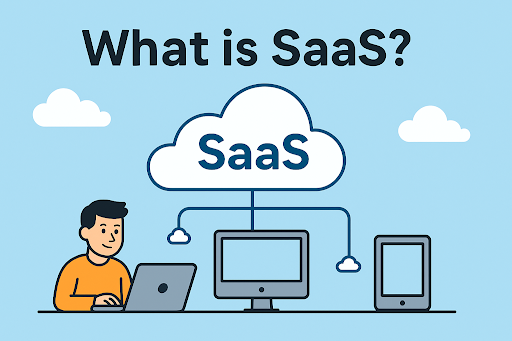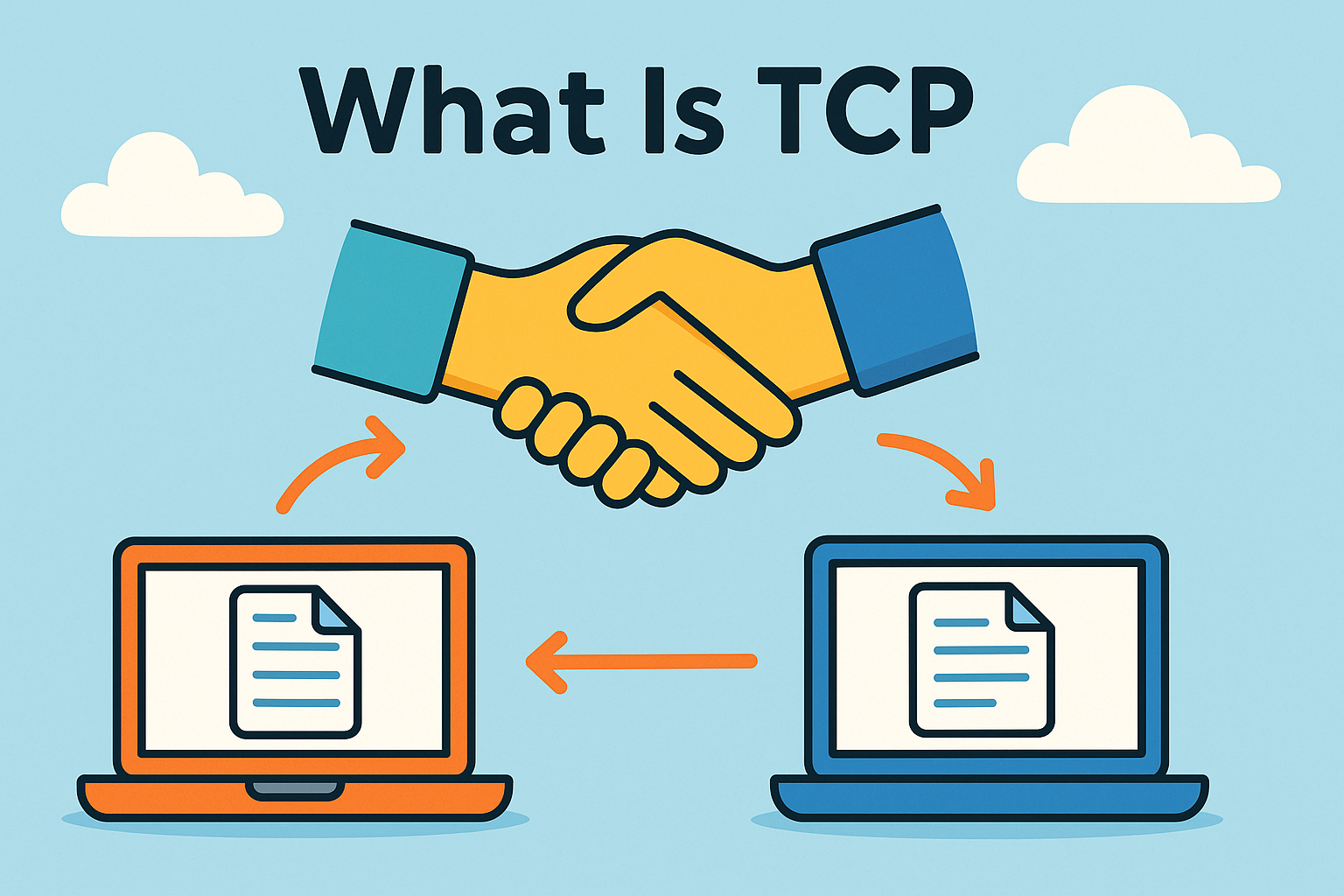What Is Spamming? Understanding and Preventing Unwanted Digital Intrusions
Updated on October 30, 2025, by Xcitium
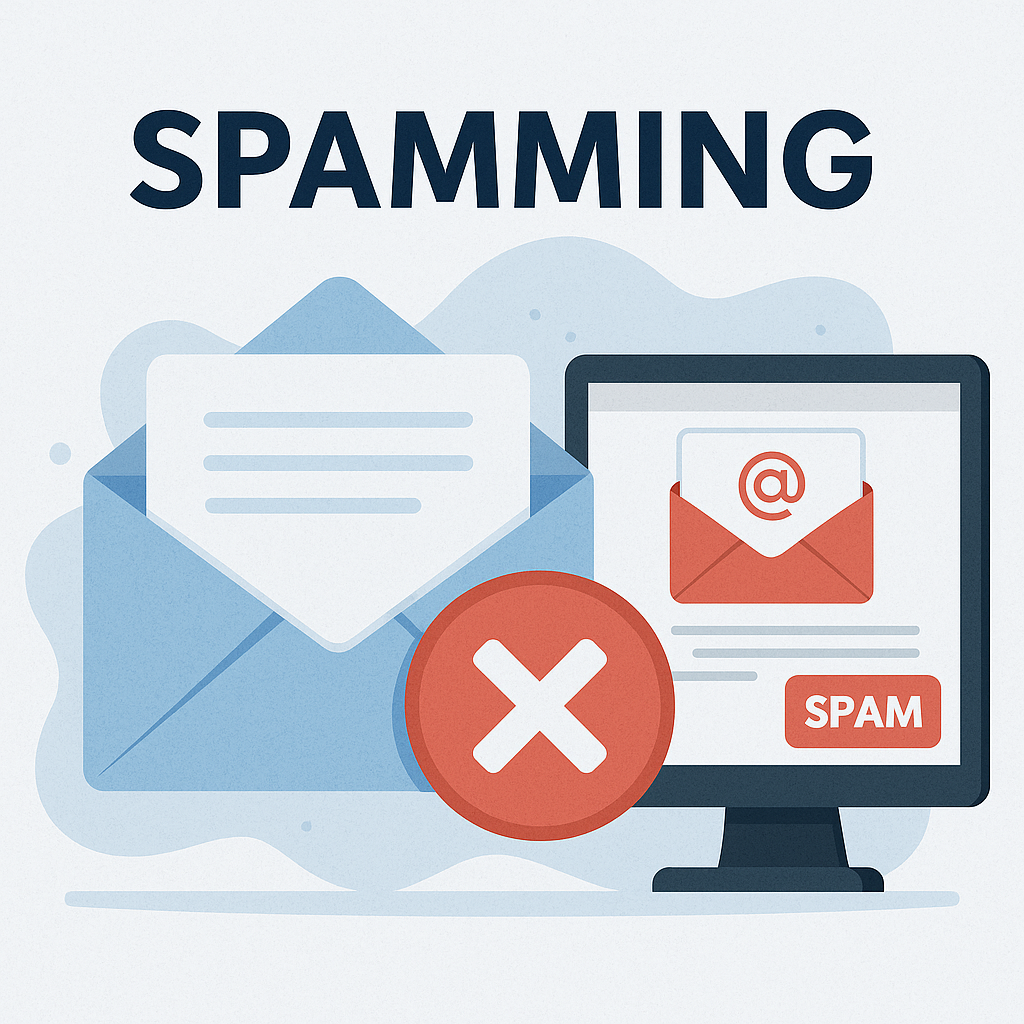
Every day, over 122 billion spam emails flood inboxes worldwide. From fake giveaways to phishing scams, spam is more than an annoyance — it’s a cybersecurity risk that can compromise your data and privacy.
So, what is spamming? In simple terms, spamming refers to sending unsolicited or bulk digital messages — often with malicious intent. These can appear in your email, SMS, social media feeds, or even website comment sections.
In this guide, you’ll learn what spamming means, its different types, and how to effectively protect your organization and personal accounts from these intrusions.
What Is Spamming?
Spamming is the act of sending unwanted, repetitive, or irrelevant messages to large numbers of users through digital platforms. Most spam messages are commercial — advertising products or services — but many are also used for phishing, spreading malware, or identity theft.
Common Platforms for Spam:
-
Email – The most common form, often used for phishing or promotions.
-
SMS – Spam text messages pretending to be from banks or delivery companies.
-
Social Media – Fake accounts spreading scams or malicious links.
-
Websites & Forums – Automated bots posting spam comments for backlinks.
Types of Spamming You Should Know
Understanding different kinds of spam can help you identify and avoid them.
1. Email Spam
Unsolicited messages that flood your inbox, often promoting fake products, phishing links, or malware downloads.
2. SMS Spam
Texts impersonating legitimate companies to steal your personal or financial data. Example: “Your bank account is locked. Click here to verify.”
3. Social Media Spam
Bots or fake profiles sending friend requests, promoting crypto scams, or spreading harmful links.
4. SEO Spam (Search Engine Spam)
Hackers insert spam links or keywords into websites to boost malicious pages on search engines.
5. Comment Spam
Automated bots post irrelevant comments or URLs on blogs and forums to manipulate SEO.
How Does Spamming Work?
Spammers use automated tools to collect millions of email addresses or phone numbers and send bulk messages. Their goal? To trick users into clicking malicious links or sharing sensitive information.
Step-by-Step Breakdown:
-
Harvesting data: Collect emails from leaks, social media, or public forums.
-
Automation: Use spam bots to send messages at massive scale.
-
Deception: Craft fake “urgent” or “exclusive” messages.
-
Execution: Redirect users to phishing websites or download pages.
In cybersecurity terms, spamming is often the first phase of a larger attack, paving the way for malware infections or ransomware.
Why Spamming Is Dangerous
Spam isn’t just an irritation — it’s a gateway for cybercrime. Here’s why it’s risky:
-
🦠 Malware infections – Spam emails may carry malicious attachments.
-
💳 Phishing attacks – Designed to steal login credentials or banking details.
-
🧠 Data breaches – Spam can lead to unauthorized access to personal or corporate data.
-
🕵️ Identity theft – Stolen information can be used for fraud.
-
💰 Financial loss – Businesses lose billions yearly due to spam-related cyberattacks.
How to Prevent Spamming
Protecting yourself from spam requires proactive cybersecurity measures.
1. Use Advanced Email Filters
Set up spam filters that detect suspicious keywords, links, or addresses.
2. Don’t Click on Unknown Links
Avoid links or attachments in unsolicited emails or messages.
3. Use a Reputable Antivirus or Anti-Spam Solution
Tools like Xcitium OpenEDR provide real-time threat monitoring and block malicious content.
4. Hide Your Email Address Online
Avoid posting your contact information publicly. Use alternate addresses for non-essential sign-ups.
5. Enable Multi-Factor Authentication (MFA)
Even if attackers get your credentials, MFA stops them from accessing your accounts.
6. Educate Employees
For businesses, employee training is crucial — most spam breaches happen due to human error.
The Role of Anti-Spam Software
Modern anti-spam software doesn’t just block junk mail — it uses machine learning, behavioral analysis, and real-time threat intelligence to stop spam before it reaches your inbox.
Key Features Include:
-
Real-time spam filtering
-
Malware scanning
-
URL and attachment analysis
-
Domain reputation tracking
-
Integration with business email servers
Solutions powered by Xcitium’s Zero Trust approach ensure that every email or file is verified before access — minimizing the risk of infiltration.
Spam vs. Phishing: What’s the Difference?
While both look similar, their intent differs:
| Aspect | Spam | Phishing |
|---|---|---|
| Purpose | Advertise or promote | Steal personal data |
| Content | Generic and repetitive | Personalized or deceptive |
| Threat Level | Low to moderate | High |
| Examples | Ads, offers, surveys | Fake bank login pages |
How Businesses Can Fight Spam Attacks
Corporate environments face targeted spam known as Business Email Compromise (BEC). To combat this, companies should:
-
Deploy Email Security Gateways.
-
Use Zero Trust security frameworks.
-
Regularly audit and update employee access rights.
-
Monitor outgoing traffic for unusual activity.
Managed Security Service Providers (MSSPs), like Xcitium, offer 24/7 SOC monitoring and spam filtering to help organizations defend against such advanced email threats.
Final Thoughts
In an era of evolving cyberattacks, understanding what spamming is helps you stay vigilant. While filters and antivirus software offer protection, cyber awareness remains your strongest defense.
👉 Take control of your digital safety today — secure your network with Xcitium’s advanced protection.
FAQs About Spamming
1. What is spamming in simple terms?
Spamming is sending unwanted or unsolicited messages, often in bulk, usually for advertising or malicious purposes.
2. Can spam contain viruses?
Yes. Many spam messages include links or attachments with malware.
3. How do I stop getting spam emails?
Use spam filters, unsubscribe carefully, and avoid sharing your email on public websites.
4. Is spam illegal?
Yes. Laws like the CAN-SPAM Act and GDPR regulate unsolicited digital communication.
5. What’s the best way to protect a business from spam?
Use enterprise-grade security like Xcitium OpenEDR, which combines spam filtering, malware detection, and behavioral analysis.


